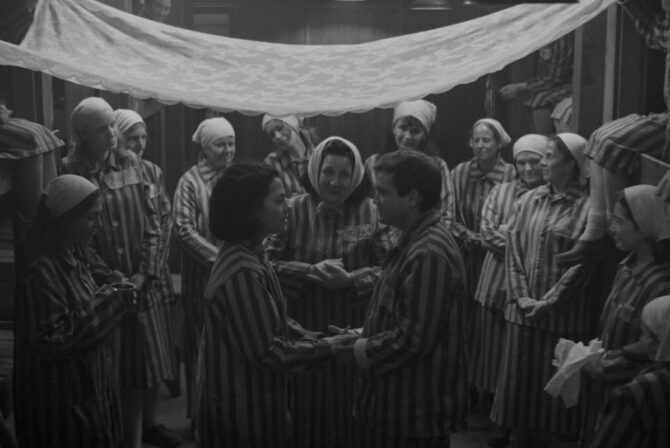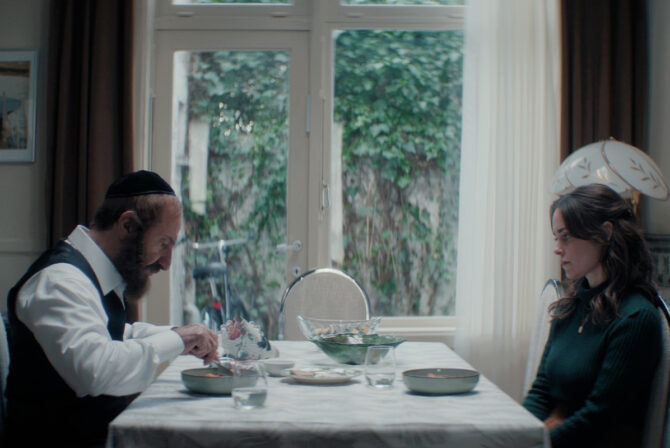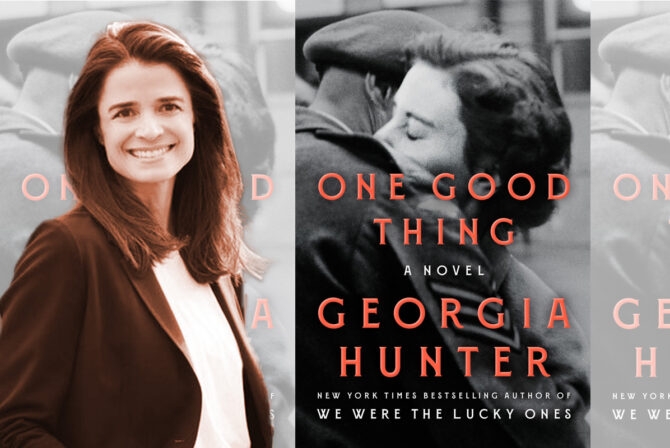When our kids first started watching movies, they would often get scared at moments of tension in the story and insist that we turn it off immediately. We had to reassure them that, in “The Muppet Movie,” Miss Piggy and Kermit would get out of being kidnapped and that Doc Hopper wouldn’t actually shoot Kermit. But, as a playwright and writer, I realized that it was a bigger picture issue: It was a matter of understanding story structure.
My husband and I started to explain how, in all stories, there are obstacles that the characters must face in order to make the story more exciting and to make the characters experience a change. This meant that there had to be some drama–and sometimes that made us feel a little nervous. My husband pointed out that it wouldn’t be so interesting if Kermit just biked across the country to Hollywood and got a part in a movie. My son agreed that meeting the other characters was fun, and having them get lost on the way meant they got to see lots of different places. Even Doc Hopper did make things a little more interesting, and my daughter pointed out that Doc Hopper’s sidekick, Max, turned out to be a good guy.
Once the idea of obstacles was introduced, we talked about some more familiar stories like “Little Red Riding Hood,” whose obstacle was not only the wolf, but her own curiosity that led her off the path. Goldilocks had her hunger, tiredness, and curiosity–but then, of course, she had entered the home of bears. In the “Magic School Bus” series (both book and TV), which my children have come to adore, the characters constantly run into obstacles and get into trouble when they go on their adventures in space or in various people’s bodies (which sounds a little gross of context).
As the kids began to see the patterns in stories, it became a little easier for them to watch movies. If they asked us to stop the movie, we would point out that this was just an obstacle and see if they would let us keep going. They did. After a while, they started pointing out the obstacles on their own.
But then they started to notice another pattern. Many children’s stories have the obstacle of missing parents: parents who have died, or who are evil, or who are sick. Fairy tales are fraught with this plot device. This is where we started talking about how characters had to learn to make their own choices and decisions, which led to character growth and change.
Their first experience with a stage play was “Pippi Longstocking” who has both of her parents missing: one who has died and one who is a pirate at sea. While this doesn’t seem to bother Pippi, it bothers people in the town and it bothered my daughter. We pointed out that Pippi learned how to take care of herself, and that she was even able to fight off thieves with the help of her monkey, Mr. Nelson, because she became so clever.
My daughter seemed less disturbed by the parents dying in her latest obsession, “Frozen.” Unprotected by their parents, Anna learned that Elsa had ice powers and Elsa finally had to learn to control them. In one of our many discussions of the story, my daughter–whose love for the movie stemmed from and is fed by the little girls in her preschool running around at gym time “playing” Frozen–talked about how Elsa was the only one with powers in the movie.
I told her that, if I was playing “Frozen,” I would want to be Anna: because she was super brave and loved so deeply that she was willing to climb to the top of a snowy mountain to help her sister. My daughter was aghast at the idea at first but, after a few days, I tingled inside with pride when she told me that she had started being Anna at gym because Anna was brave.
One day my 6-year-old son, who has not seen the movie all the way through, turned to my daughter and asked her who she thought was the main character in “Frozen.” After I explained to my daughter what that meant, she proclaimed that she thought Elsa was the main character, because she liked Elsa. My son wrinkled his nose and said he thought the main character was Anna because the movie was about love, and Anna was all about representing love, while Elsa represented fear. He then proceeded to do a very startling and deep analysis of the themes of the movie, which my daughter sometimes challenged or asked about. I had trouble keeping my jaw from hitting the ground. I was so proud and thrilled that we had gotten them to the point where they were independently able to have this conversation.
Understanding the structure of the story doesn’t take away effective dramatic emotional components. We discovered the reason that my son doesn’t want to watch “Frozen” all the way through is because he doesn’t want to see little Anna get hurt by Elsa’s powers, even though he understands it is an obstacle. Despite my daughter’s love for “The Wizard of Oz,” there are some days she doesn’t want to see the Wicked Witch. However, most of the time, we can now watch movies all the way through without stopping.







